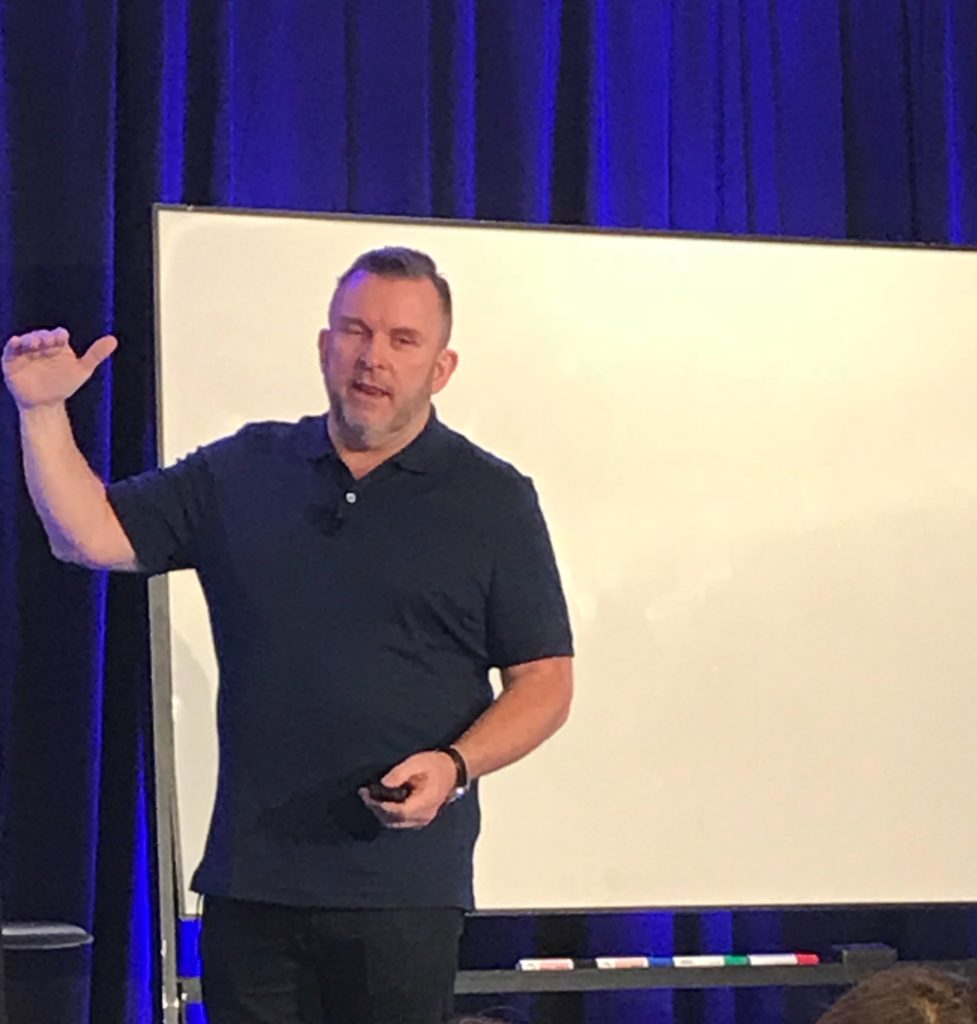
Recap of War Room Intensive Copy Workshop Day 1: How to Master Offer Creation by Tapping into the Human Psyche
At Viral Solutions, we’re always working on improving our skills so we can better serve our customers. That’s why we sent the head of our content department to sunny Las Vegas, Nevada for a 2-day sales copy workshop led by Perry Belcher and Roland Frasier—2 of the best guys in the biz!
Here’s a recap of day 1…
Day 1 of the Offer Creation Mastery course presented by none other than Perry Belcher was mind-blowing and entertaining at the same time. And we haven’t even started writing yet!
Perry discussed some major concepts that are a MUST when it comes to creating compelling content that drives offers. You might need to break out your Psych 101 textbook to fully grasp the foundation of what moves people to buy…
You aren’t a behavior analyst? That’s okay, you can learn some basics that will help you write to tap into the true reasons people buy—and keep buying.
Before you make an offer for your product, you MUST get in the head of your customer. What is driving them to buy?
Research shows that people buy based on emotions over logic. How do you tap into the buying emotions? You create an experience and write about their wants.
Perry gave the example of buying a drill. People don’t buy a drill because they need a drill… they buy a drill because they need a hole.

Digging deep into the WHY speaks directly to your customer’s emotions. The seemingly countless human feelings can all connect back these basic persuasion principles:
- Reciprocity
- Scarcity
- Authority
- Consistency
- Liking
- Consensus
But what does all of this mean while building an offer? Well…it gets complicated. There are, however, basic rules you can apply to any piece of copy or offer that hooks the human emotion.
Human beings have a deep need to belong. Building a community helps to fill that need, making them fans of you and your product.
How can you build a community for your ideal customer?
- Support their dreams
- Allay their fears; this is the message of, “It’s going to be okay.”
- Confirm their suspicions
- Justify their previous failures; this is the message of, “It isn’t your fault that you’ve had failures, you didn’t know what you know now.”
- Eliminate the other options
- Discredit their competition
You do this before you even get to the offer! But in the meantime, what you have done is let them know you hear them, understand their pain point, and have a solution unlike anything else they have known.
This process lays the foundation for why your product is the right choice to meet their needs or wants.
The second part of day 1 was spent on how, what, and where to do your writing research. To write a captivating piece of copy or irresistible offer, it’s essential to do your research.
It’s more than a quick Google search—it’s comparing and contrasting the findings, as well as writing relevant copy around the questions people are asking.
“Everyone is not your customer, especially not you!”—Seth Godin
You already know your product or service is the solution, but your customer is a skeptic. So, you look through their eyes while researching, which takes some time. In fact, Perry said writing is a 4-day process for him.
- 2 days of research
- 1 day of writing
- 1 day of editing
There are 4 rules to apply while researching:
Rule # 1: Write to one person in their language. After you identify your ideal customer’s hopes and dreams, start using their language in the content. Here are some great research tools to help you with this:
Tools such as these generate keywords and questions around your topic.
Rule # 2: It’s also time you put on your detective hat and dig into your competition. Critique your competitor’s product description, sales copy, and product. What unique selling proposition do you have that they don’t?
Rule # 3: Know your position in the market. Don’t copy someone else’s sales approach. Create a new category where you can build authority.
Rule # 4: Create your avatar. This rule is really Rule # 1. Before you do anything, create your ideal customer. It’s recommended that you even name him/her. Develop his character, look up names that were popular the year your avatar was born. Yep, it needs to be that detailed.
Here are some other aspects you need to consider and develop for your avatar:
- Bio
- Age
- Sex
- Geography (urban vs. rural area)
- Economic status
- Psychographic characteristics—What are his hobbies, buying habits, fears, concerns, marital status?
It’s also important to understand the reason people don’t buy:
- Fear of disappointment
- Possibility of offending others or becoming disliked
- Vague buying instructions—This happens when you haven’t been clear in your directions. For example, the buy button is not visible enough or the buying process is too lengthy and people leave your site. Surveys will often report this answer to be number 1.
- Loss of reputation
- Too much risk, worry
- More work for them
If all of this is making your brain hurt, you aren’t alone. Content creation is the new black in marketing. If you want to succeed, these concepts are to be the center of everything you do in marketing.
Are you thinking, “Wow, this is going to be a full-time job…”? You aren’t far off. To be effective, it takes rolling up your sleeves and diving into the human psyche and research.
I’ll be back tomorrow after collaborating with brilliant minds to develop hooks, benefits, offers, headlines, and more!

